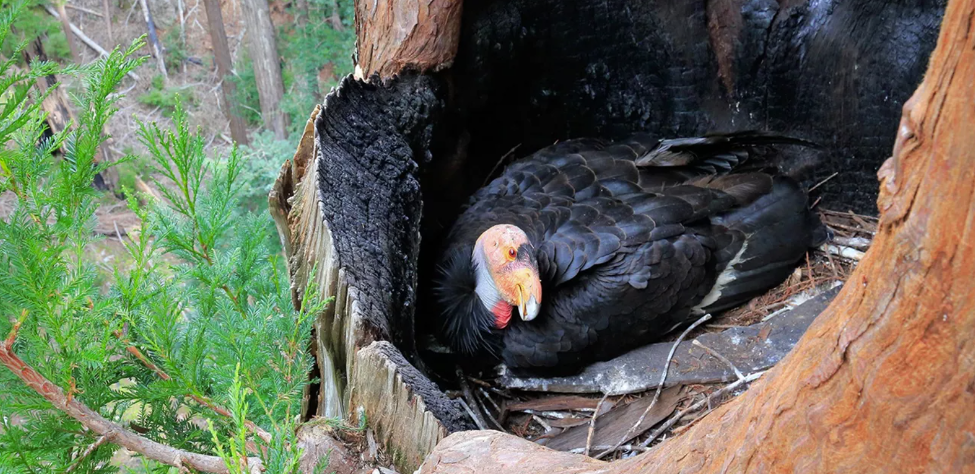Sahil Jena
2024 Summer Data Science Intern at SFI
Computer and Data Science at Rutgers University, Class of 2025
I’ve always enjoyed helping people connect with nature and natural resources, whether that’s sharing about the Sustainable Forestry Initiative’s (SFI) conservation work, quizzing friends about which critter is making a noise in the middle of the night, or telling someone not to eat the pretty red berry they found on a hike (seriously, don’t eat it). Anytime anyone asks, and the countless times no one does, I love explaining to my friends what blue crabs are and how to catch them. Although this has been my designated role for as long as I can remember, the rise of artificial intelligence, or AI, has changed the landscape.
Now, instead of coming to me with their questions, my friends can just ask an AI model of their choice, such as ChatGPT or Claude. Generative AI can not only answer their questions but also do so quickly and accurately (depending on the source of the data it pulls from), impressively showcasing the efficiency and potential of the technology. Yet, as I’ve learned, AI doesn’t diminish a human expert’s role; it enhances it.
Artificial Intelligence is a term that has been thrown around far too often, typically mentioned in articles about Y-Combinator-backed startups raising millions in funding or concerning reports about how much energy is being used to train generative AI models. The concept can sometimes feel overhyped, a buzzword used to generate excitement or fear without a clear understanding of what AI is capable of when used for good.
Technology has a way of becoming more efficient relatively quickly, and although the startup costs are high, the possibilities are endless as models become smarter. In the 1940s, a computer filled an entire room, could only do math, and used about 160,000 watts per hour. Today, many people have a laptop in their bag, and most run at around 70 watts per hour. This rapid evolution in efficiency and power suggests that we are only scratching the surface of what AI can accomplish.

Sahil Jena, SFI 2024 Summer Data Science Intern
When we strip away the hype, we find a tool with incredible potential, including in the fields of forestry and conservation. AI is a new frontier in technology, and it’s poised to revolutionize conservation efforts. With new advances in computer vision and AI models, the potential for tracking animals globally, especially in hard-to-reach areas, is immense. Imagine being able to monitor the movements of elusive species in dense forests or track migratory patterns across vast, remote regions. The ability to train models to identify species in various light conditions could lead to the rediscovery of species thought to be extinct, help find and eradicate invasive species, and significantly boost conservation efforts that would otherwise require more time and people. These tasks would be nearly impossible for humans to accomplish on their own, but with AI, they become possible.
The deployment of cameras with monitoring capabilities, whether in the form of drones, camouflaged into trees, stuck in the ground, or even placed in plain sight, further amplifies the power of AI in conservation work. AI-integrated cameras along beaches on the East Coast of the United States could better protect various sea birds by providing real-time information about their nests. This means, when necessary, population areas can be closed off, and protective action can be taken in record time. For instance, this is helpful to track and conserve the California Condor, a now critically endangered species due to human structures. Similarly, cameras can help monitor biodiversity in both public and private-owned forests. The potential to monitor ecosystems in real time, respond to threats more rapidly, and gather data on an unprecedented scale is a game-changer for conservation work.

Photo courtesy of NPS/Gavin Emmons; a male condor incubates an egg in a redwood tree nest on the Big Sur coast
During my internship at SFI, I spent my summer creating an AI model designed to expand access to authoritative information across SFI pillars’ years of work in standards, conservation, community, and education. The goal was to streamline access to information from SFI’s internal databases of peer-reviewed articles, grant reports, survey results, and many other inputs. With this AI model, instead of spending valuable time sifting through documents and files, team members can now get fast and accurate answers to their questions and be pointed to supporting documents. The new tool has improved efficiency, demonstrated the practical benefits of AI in everyday conservation work, and facilitated more collaboration between teams. It’s been gratifying to see how something I developed is helping my colleagues work more effectively and focus more on the critical tasks at hand of managing and conserving forest ecosystems.
As we continue to use AI to advance forestry and conservation work, it’s clear the technology holds incredible promise for protecting our planet’s biodiversity. While there’s no substitute for the passion and expertise of dedicated conservationists, AI offers a powerful tool to complement and enhance our efforts.
From monitoring endangered species to conserving vulnerable habitats, the potential applications are as vast as the challenges we face. Following my summer helping SFI integrate AI into day-to-day work, it’s clear to me that we stand at the brink of a new era in conservation, one where innovation and nature work hand in hand to conserve our world for future generations.